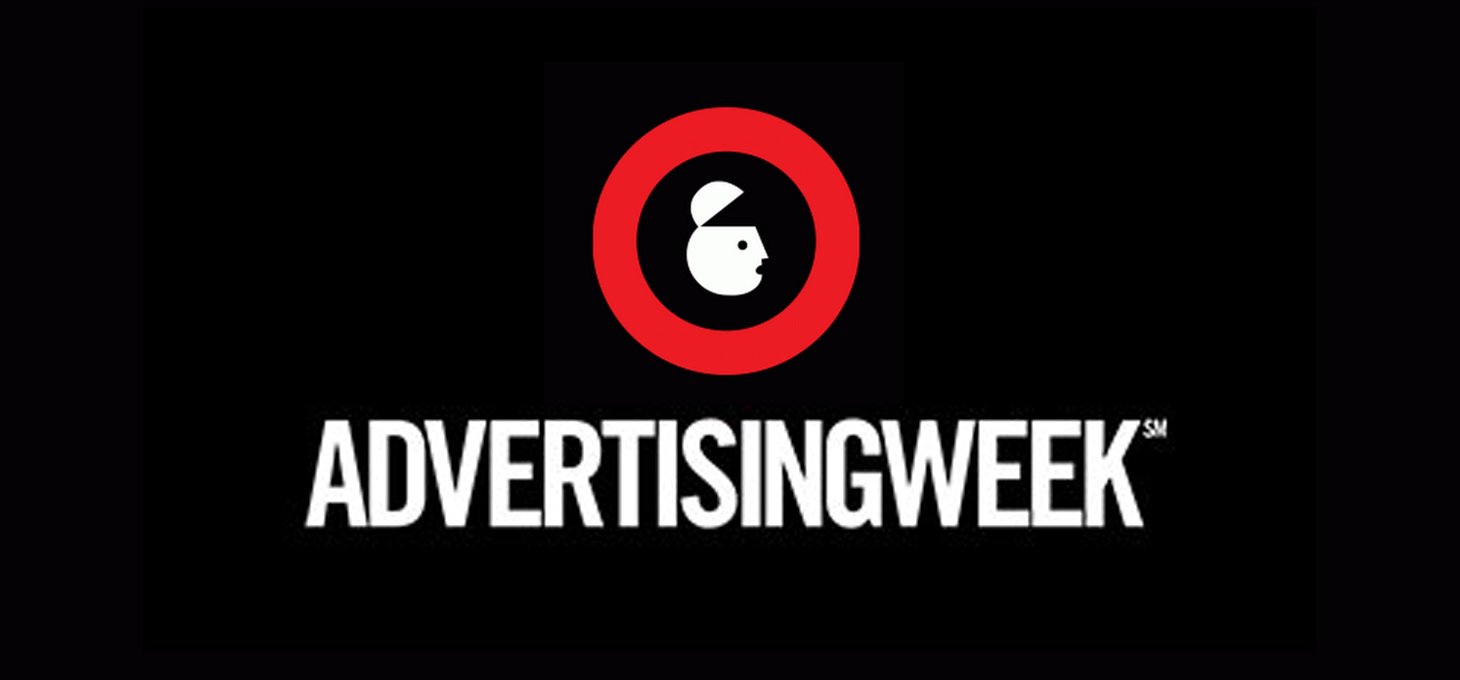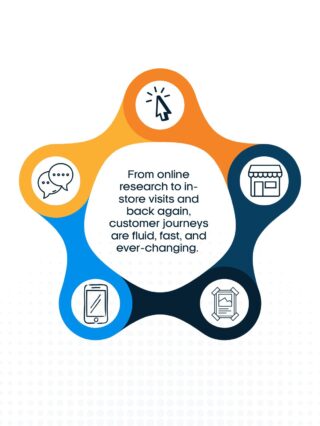Another Advertising Week is in the books, and this one was packed with both content and people (and some tacos, ice cream, and donuts of course). Session topics ranged from everything from the impact of artificial intelligence to the future of linear television. However, despite the wide variety of discussions, some key themes emerged. Below are our top five reflections from this year’s conference.
1. Get in Early on Emerging Platforms
Despite the accelerating pace of change in our industry, the media world remains a bit on the conservative side in many ways. Agencies, brands, and marketers like to stick to the tried and true when it comes to channels and tactics. This hit us in a session about TikTok. VaynerX CEO Gary VaynerChuk and TikTok VP Blake Chandlee discussed the rise of the platform and how marketers are largely sitting it out when attention is the cheapest it will ever be. Right now, at roughly 500 million, TikTok has more worldwide monthly active users than Twitter, LinkedIn, Snapchat or Pinterest, according to numbers compiled by Statista. Despite these numbers, eMarketer reports that only 4% of social media marketers are using TikTok. In his trademark bombastic style, VaynerChuk pointed out that marketers never hesitate to buy very expensive time in the latest hot TV show but tend to sit on the sidelines when it comes to the hot new digital media platforms, despite the significant first-mover advantages. There seems to be a pervasive fear that the platform could go away and is therefore not worth the investment of time or dollars. But while much of marketing is about long term investment and thinking, there’s a big part of it that’s about focusing and capitalizing on the now. Of course, TikTok (and other emerging platforms) might also be a force for years to come, providing a huge return on investments made today. So why do we all hesitate so much to set any money aside to try new opportunities? There’s the rule to spend 70% of your budget on tried and true tactics, 20% on testing and the other 10% on the truly speculative endeavors. This was a good reminder to advocate for the budget to be early in these new spaces.
2. 2020 Will be the Year of Ad-Supported OTT
To be fair, we’ve been convinced of this point for a while, but attending a panel on how “The Streaming Wars Paved the Way for An Ad-Supported OTT World” just cemented my conviction that 2020 will be a watershed year for the consumer shift to streaming services. On this panel, leaders from CNBC, A+E, CBS, and other TV tech players talked about the changes in consumer behavior sparked by services like Netflix and Hulu and how that has created space for more ad-supported players in the over-the-top streaming space. The shift to the direct-to-consumer model for content providers will get a huge boost in November when Disney+ launches. Bundled with Hulu and ESPN+ for $12.99 a month, that new offering combines premium streaming content with sports content for the first time. It also promises to open up a plethora of new ad opportunities on both Hulu and ESPN+. Hulu already has more subscribers than any pay TV provider, and this new package deal promises to add many more. NBC has also announced the launch of its new ad-supported streaming service, Peacock, in May of 2020. With eMarketer reporting that consumers are willing to sign up for as many as six streaming services, it’s starting to look like 2020 will be the year that even more people drop pay TV in favor of streaming services. For advertisers, that means more accountable and addressable TV inventory in the OTT space.
3. Esports is a Real Thing
Esports is one of those things that most everyone seems to recognize as important and emerging, but few people really know what to do about it. Mastercard is a notable exception. In a discussion on “Esports – The Future of Sponsored Competition,” Brian Lancey from Mastercard’s Global Marketing Sponsorships team talked about their partnership with Riot Games and their hit multiplayer online game League of Legends. Lancey and Riot’s Naz Aletaha discussed the unique sponsorship opportunities in the space that transcend marketing norms and connect with players in native and non-interruptive ways. We felt like we were getting a glimpse of the future as they talked through the ways that they’re reaching a truly global audience (from South Korea to Peru to New Zealand and beyond) with a specific demographic and audience. They are not doing this by buying space or running ads. They are doing this by participating in something that their desired audience is passionate about. This got us thinking how we as marketers need to shift our focus from simply messaging to audiences to coming alongside audiences and adding value to the things they love. Esports promises to provide some unique opportunities to do just that.
4. Cookies are Giving Way to a New Consent-Fueled Data Currency
It is no secret that the cookie (in particular the third-party cookie) is going away as a tracking mechanism. Things like Apple’s Intelligent Tracking Prevention (ITP) have taken a big bite out of that mechanism (pun intended), and with other browsers like Firefox following suit, marketers everywhere are looking for new ways to gather data on consumers. In a few different sessions, LiveRamp CEO Scott Howe talked about the new currency of consent-fueled data. As technical limitations like ITP and regulations like GDPR and CCPA become more widespread, brands will need to participate in a clear value-exchange with consumers as a means to gather and activate data. This means first party data becomes an even more critical strategic business asset, and brands need to lean into efforts that enrich and leverage their owned data.
5. Transparency is Table Stakes
Last, but certainly not least, transparency was a theme echoed in session after session at this year’s conference. Just about everyone seems to agree that solutions that do not offer full transparency to advertisers have a short shelf life. The now infamous ANA K2 report on media transparency that came out in 2016 is still rippling through the industry, and there are some real signs of progress toward a fully transparent future for our space. Butler/Till’s preferred demand-side platform partner MediaMath talked a lot about a fully accountable and addressable programmatic supply chain across a few different panel discussions at Advertising Week, and right after the conference, they announced their new initiative called SOURCE that seeks to completely rid their ecosystem of fraud and obscured fee models by the end of 2020. It is a high-minded goal, and it is a good way to close off any reflection on Advertising Week 2019. Advertising done right should benefit all involved, from brands to agencies to tech partners to publishers to consumers. We have made a career out of marketing because we believe that’s possible. This year’s conference made us feel as hopeful as ever that we are on the right path.





